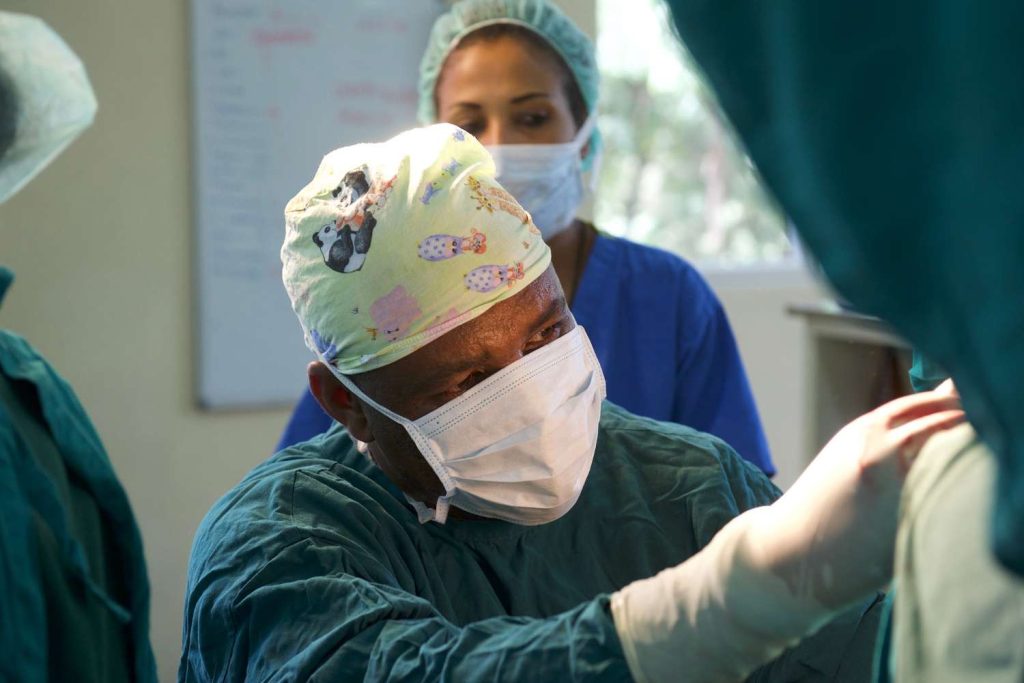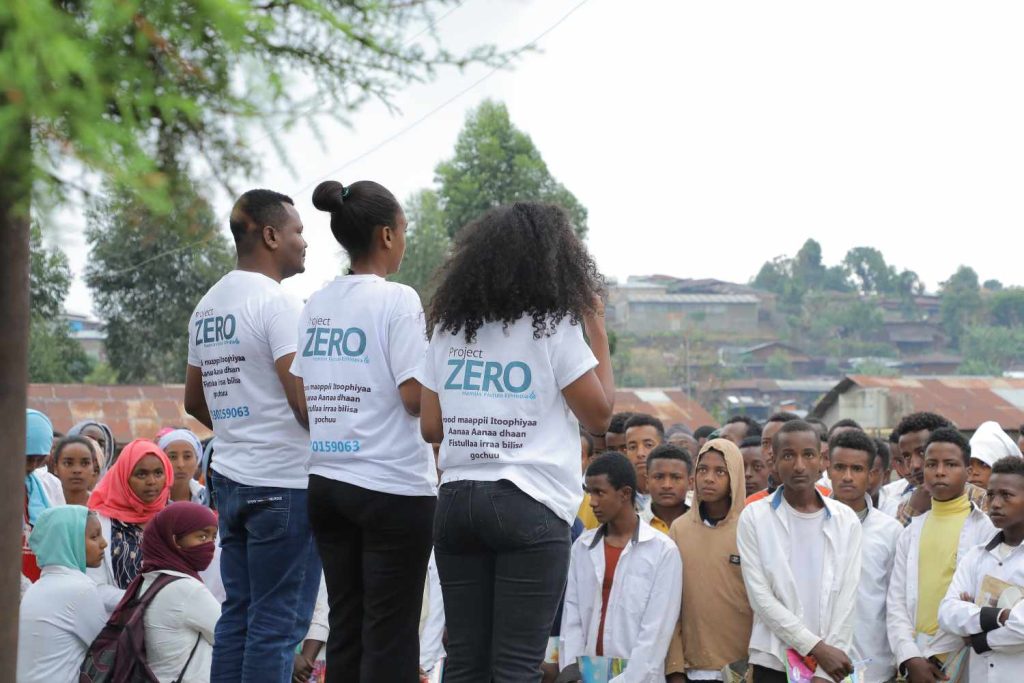An obstetric fistula is where a hole forms between the birth canal and the bladder or rectum. Caused by a long, obstructed labor, this internal injury can often result in babies being stillborn, and leaves their mothers physically and emotionally scared, often for years to come.
Causes of obstetric fistula
There are three primary risk factors which can increase the likelihood of a woman experiencing an obstetric fistula, and it is these risks which Hamlin works to prevent.
Access to healthcare
In many low-income, rural communities, many women do not have access to skilled healthcare professionals and medical facilities. Trained midwives can offer child-bearing women pre- and post-natal care and be on the alert for signs of complications, in which case they refer their patients to specialist care.
Hamlin Fistula Ethiopia operates five regional hospitals across the country, offering surgical treatment to women who are living with obstetric fistula. In addition, the Hamlin College of Midwives is training a new generation of qualified rural healthcare professionals who can prevent obstetric fistula from occurring.

Poverty and malnutrition
Poverty can impact the health of child-bearing women in several ways. A lack of food, or a poor diet, leads to malnutrition and weakens a woman’s overall physical health and wellbeing. Living below the poverty line means families do not have the money to pay for healthcare, or the often-sizeable costs of travelling. Poverty is also accompanied by inadequate housing, water and sanitation, which all impact health outcomes.
Hamlin’s Desta Mender Rehabilitation and Reintegration Center offers women with complex fistula injuries long-term care, but also prepares women for returning home. Patients are offered counseling, literacy and numeracy classes, as well as vocational and life skills training. The Hamlin team helps women find sustainable employment which, in some cases, includes start-up grants so they can establish their own business to generate an income.

Lack of education
Low levels of education, particularly in healthcare matters, can leave women unaware that the childbirth injuries they have experienced can be treated. Without an understanding of the complication and its causes, a woman is frequently blamed for her condition. Survivors are often subject to severe social stigma due to their smell, perceptions of uncleanliness, a mistaken assumption of venereal disease and, in some cases, infertility.
Obstetric fistula often leaves women trapped in a life of pain, shame, and isolation. Hamlin’s Project Zero team is using a woreda (district) by woreda approach to finding women living with obstetric fistula and organizing care and treatment. Project Zero also includes a country-wide education campaign, raising awareness of obstetric fistula signs and symptoms and other birth injuries so women and their local communities understand the causes and availability of treatment.

Learn more about obstetric fistula here.